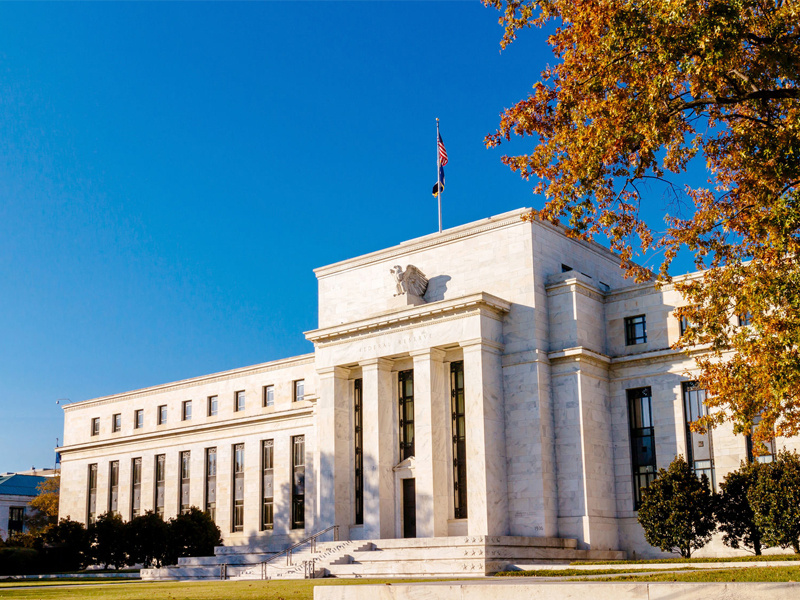
To ensure that money markets keep funds flowing, the U.S. Federal Reserve Board has set up a liquidity facility dedicated to money market mutual funds.
The Fed’s new program, the Money Market Mutual Fund Liquidity Facility (MMLF), aims to ensure that money market funds are capable of meeting investor redemption demands, which will “[enhance] overall market functioning and credit provision to the broader economy,” the Fed said in an announcement.
In its rulemaking notice to establish the facility, the Fed noted that financial market disruptions in the wake of the Covid-19 outbreak have put money market funds under increased liquidity pressure.
“Given these pressures, money market mutual funds have been faced with redemption requests from clients with immediate cash needs,” it said, adding that funds may need to sell assets to meet these redemption requests, which could further intensify market pressures.
Under the program, the Federal Reserve Bank of Boston will make loans available to eligible financial institutions, secured by assets that the financial firms purchase from money market funds.
Eligible assets include U.S. Treasurys and fully guaranteed agency securities, securities issued by government-sponsored enterprises, and certain types of commercial paper.
The program is similar to a facility that was established by the Fed in response to the financial crisis, which operated from late 2008 to early 2010.
Compared with that program, the new facility will purchase a broader range of assets, the Fed said.
The U.S. Treasury is providing US$10 billion of credit protection to the Fed to backstop the MMLF.